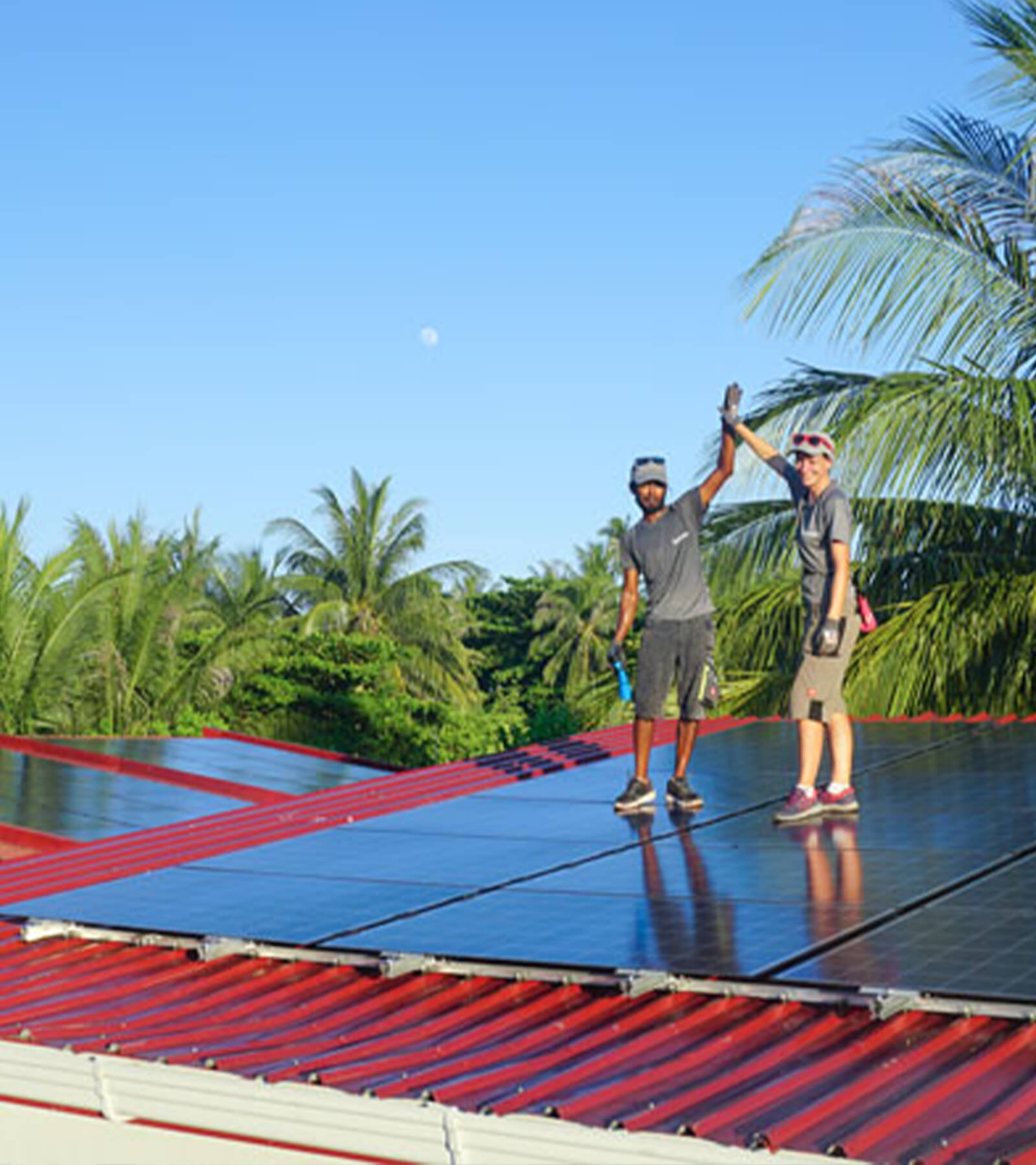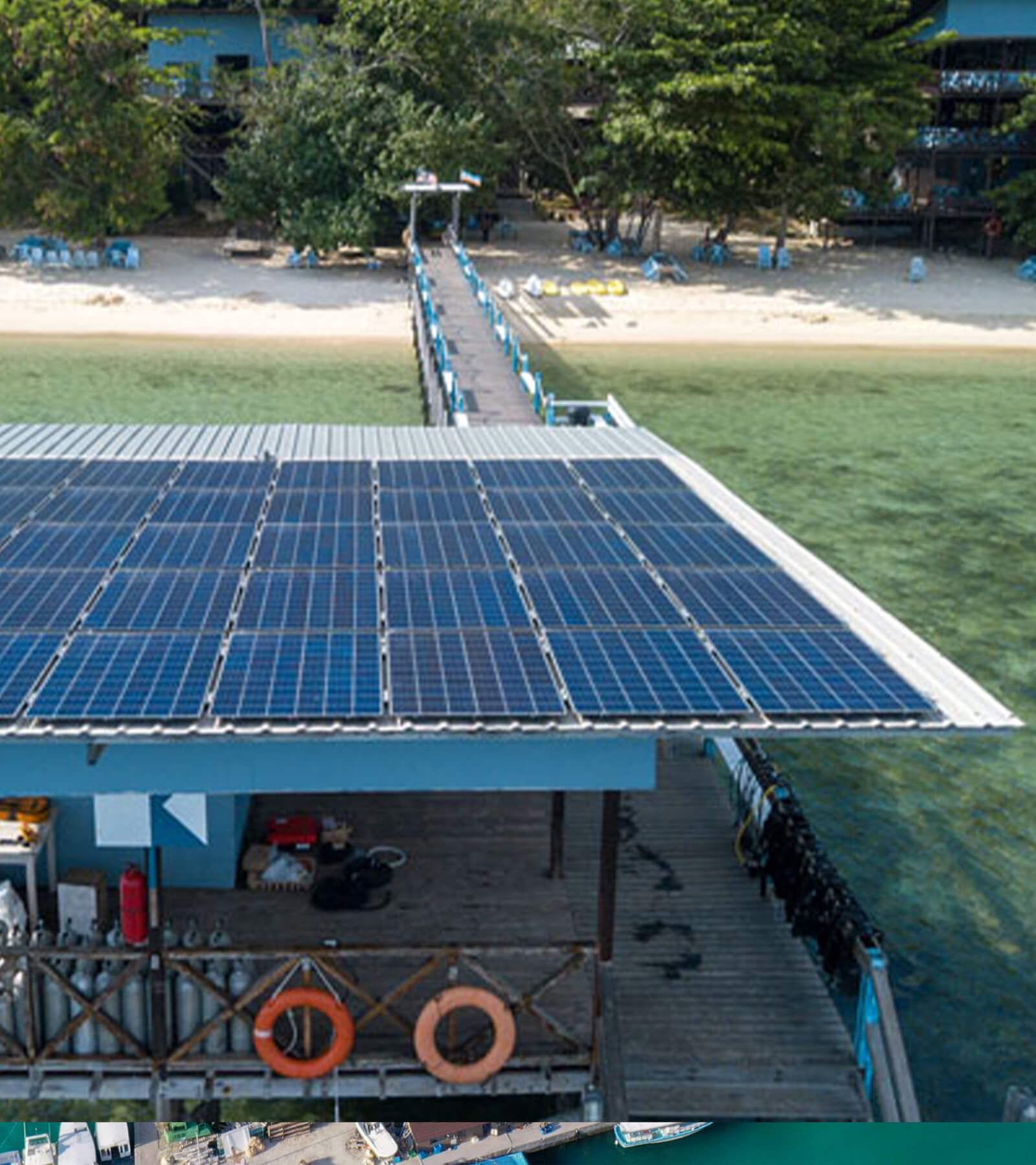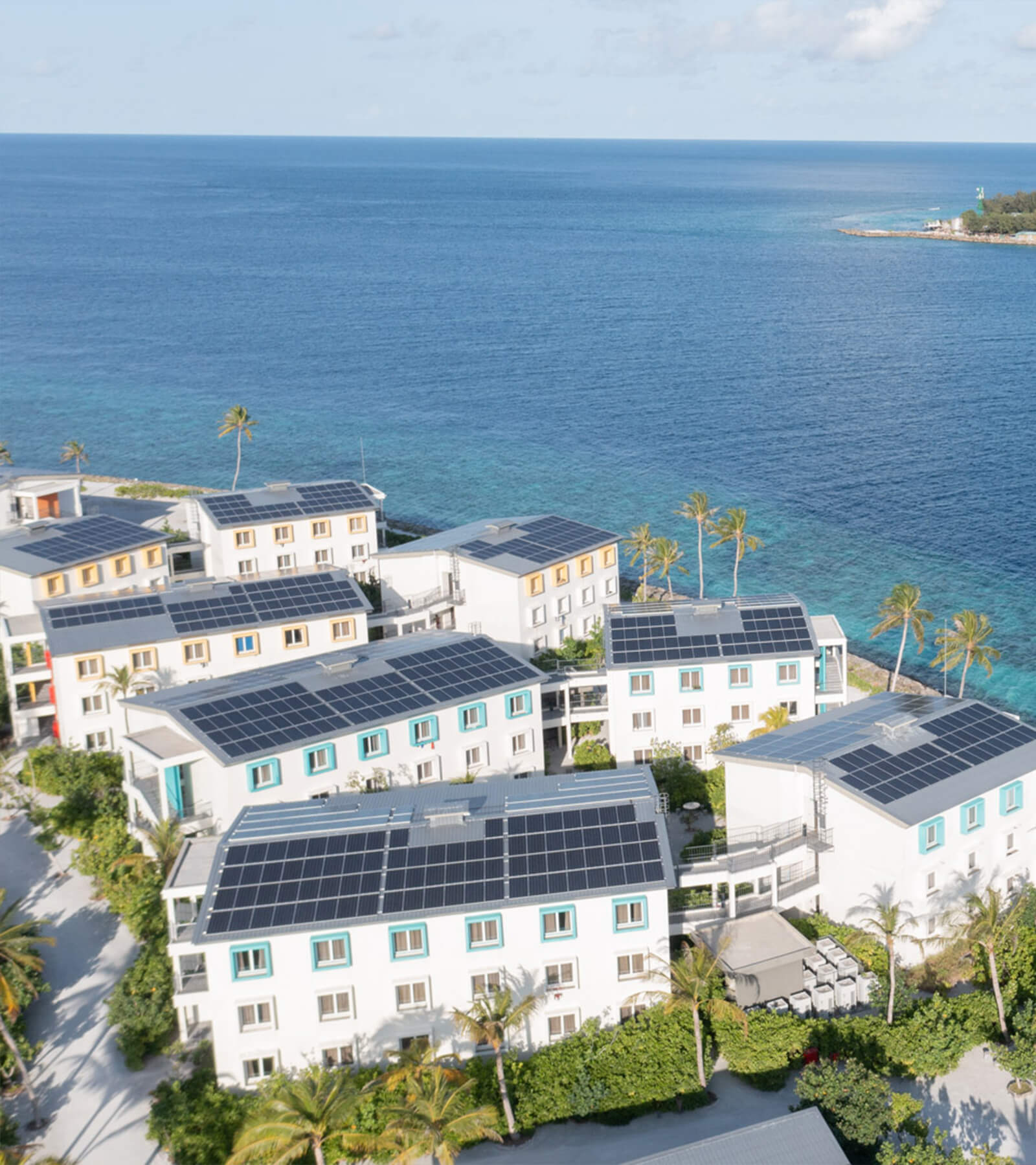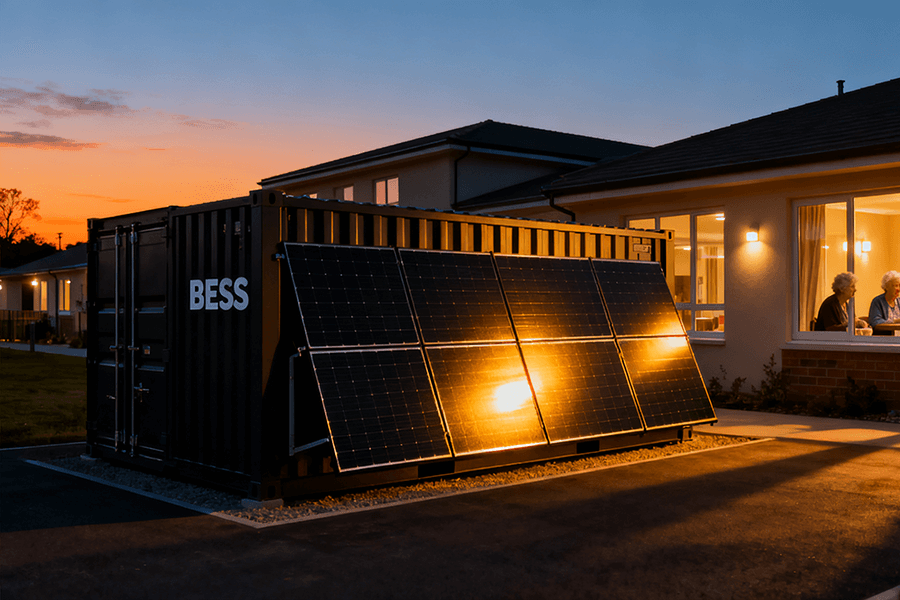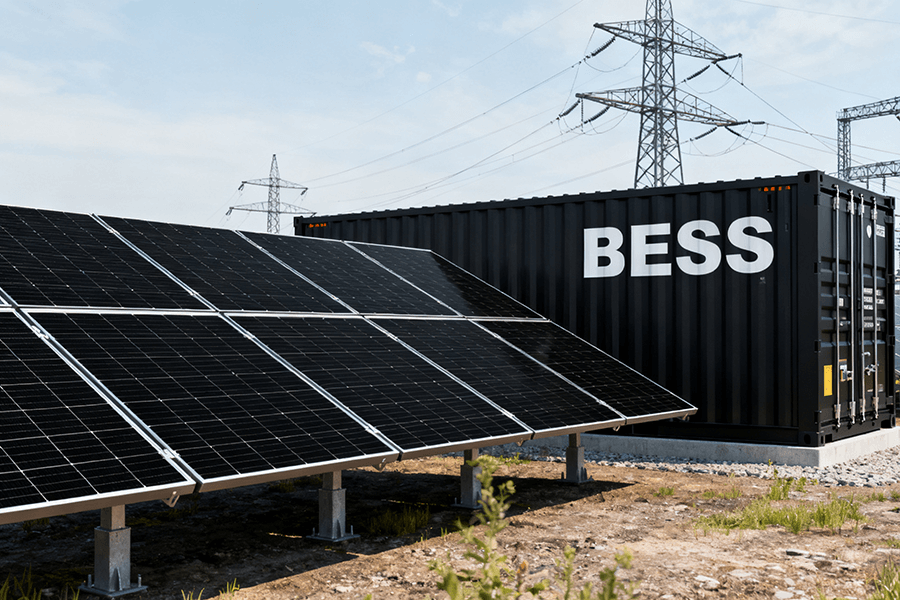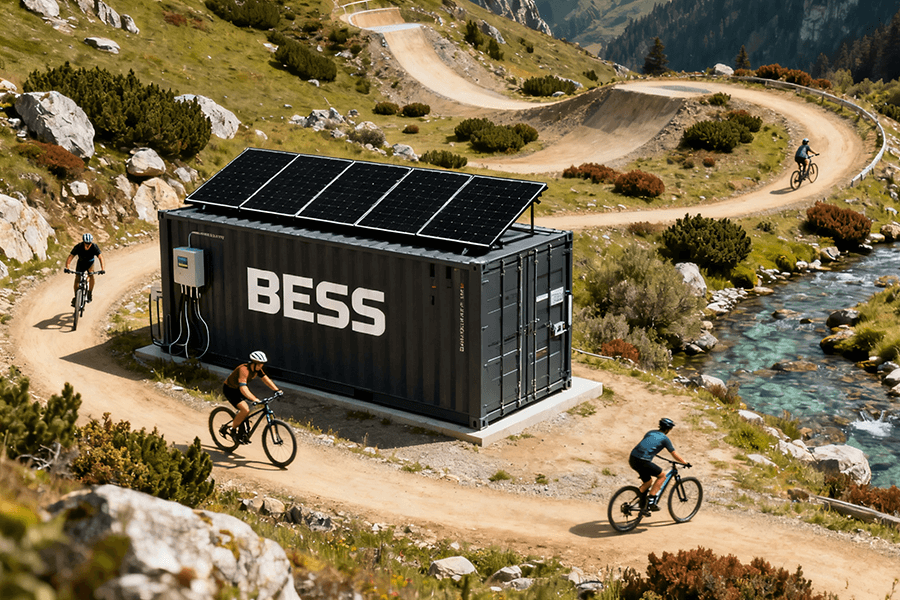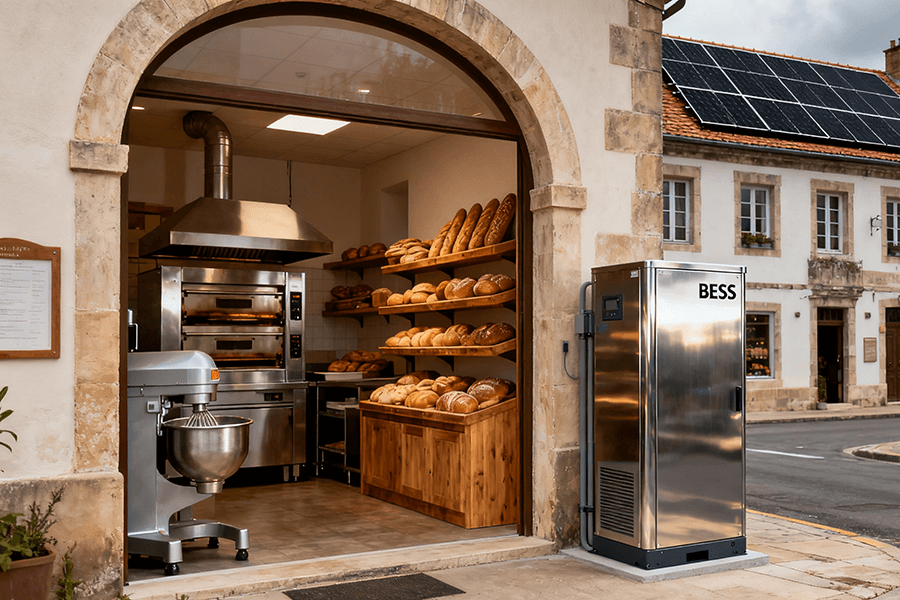In 2025, Europe’s office complexes and shopping malls are turning rooftops and parking lots into untapped solar gold mines. This article cracks the code on designing 1.5 MW solar systems for large commercial buildings, from navigating France’s RT 2020 “toddler-on-sugar” energy standards to optimizing time-of-use tariffs (think: electricity happy hours).
Spoiler alert: solar carports aren’t just for shading Teslas anymore. Plus, meet Maxbo Solar—the compliance ninjas turning bureaucratic headaches into ROI-generating powerhouses. Because even pigeons deserve a greener view.

Rooftops & Parking Lots: Europe’s New Gold Mines (But with Solar Panels)
Forget medieval castles—modern European office complexes and shopping malls are sitting on untapped treasure: flat, sun-drenched rooftops and sprawling parking lots. Installing a 1.5 MW solar system here isn’t just greenwashing; it’s green-profiting. Let’s crunch the numbers (with fewer spreadsheets than your CFO’s Monday morning).
Rooftop Real Estate: Where Solar Panels Outperform Your CEO’s Keto Promises
Modern solar racks are lighter than your CEO’s abandoned keto diet resolutions. Designed to avoid cracking medieval-era roofs (yes, we’re side-eyeing Rome’s heritage buildings), these systems turn underutilized rooftops into cash cows.
Key Data Snapshot:
| Metric | Rooftop Solar (1.5 MW) | Source |
|---|---|---|
| Annual Energy Output | 1,600–1,800 MWh | EU Commission, 2024 |
| Payback Period | 6–8 years (EU avg.) | BloombergNEF, 2025 |
| CO2 Savings | ~900 tons/year (equivalent to 200 ICE cars) | IRENA, 2024 |
Why it works:
- Space Efficiency: A 1.5 MW system needs just 8,000–10,000 m² of rooftop—smaller than the parking lot of an average IKEA.
- Costs Down, Profits Up: Panel prices have dropped 12% since 2023 (SolarPower Europe, 2025), making ROI faster than a Tesla Plaid.
Parking Lot Powerhouses: Solar Carports That Shade Teslas (and Your Energy Bills)
Solar carports? Call them “Tesla charging stations with benefits.” These structures shade cars by day and power HVAC systems by night—no vampire energy required.
Parking Lot Solar ROI Breakdown:
| Factor | Impact | Source |
|---|---|---|
| Energy Generation Boost | 15–20% higher yield vs. rooftops (optimized tilt) | Fraunhofer ISE, 2024 |
| Land Use | 0 additional land required (duh, it’s a parking lot) | N/A |
Bonus perks:
- Double-Duty Design: Solar carports slash parking lot temps by up to 5°C (Nature Energy, 2024), making summer strolls to the mall less “surface-of-the-sun” and more “Mediterranean breeze.”
- Regulatory Love: France’s RT 2020 now mandates solar-ready parking lots for structures >1,500 m² (Gouvernement.fr, 2025).
Why Boring Roofs Are the New Black
Still think solar is just for eco-warriors? Let’s talk euros:
- A 1.5 MW rooftop system in Germany nets €140,000–€180,000/year in energy savings + feed-in tariffs (BDEW, 2025).
- Parking lot solar in Spain’s sun-soaked regions cuts grid dependency by 60%—even Zara’s HQ is hopping on the trend (El País, 2025).
Pro tip: Pair with battery storage (prices down 20% since 2023!) to avoid selling surplus energy back to the grid at midnight rates. Because even solar systems deserve a side hustle.
Time-of-Use Tariffs: Because Even Electricity Has a Happy Hour
European utilities now charge like they’re selling cocktails in Monaco—peak rates at noon, discounts after sunset. But with a 1.5 MW solar system, you’re not just flipping the script; you’re rewriting it in Comic Sans. Let’s break down how to game these tariffs like a pro (minus the hangover).
Daytime Drama: Sell High, Save Higher
Solar panels are the ultimate daytime traders. They soak up sunlight during peak hours (10 AM–6 PM), when electricity prices hit €0.35–€0.45/kWh in cities like Berlin and Paris (ENTSO-E, 2025). Here’s the kicker: you’re generating power when it’s most expensive to buy.
Solar vs. Grid: The Price Gap (2025 EU Average)
| Scenario | Cost per kWh (€) | Savings with Solar (€/year)* |
|---|---|---|
| Grid power at peak rates | 0.40 | — |
| Solar self-consumption | 0.10 | 240,000–320,000 |
*For a 1.5 MW system, 1,700 MWh annual output, 80% self-consumption.
Source: Eurostat, 2025
Use cases:
- Power that AC-chugging mall (still printing reports? Really?).
- Avoid peak surcharges that sting harder than a Dutch summer hailstorm.
Nighttime Negotiations: Your Solar System’s Side Hustle
When the sun clocks out, net metering lets your solar panels moonlight. Sell surplus daytime energy back to the grid at off-peak rates (€0.18–€0.25/kWh) or store it for later.
Net Metering Payoff in Key Markets (2025):
| Country | Feed-in Tariff (€/kWh) | Annual Revenue (1.5 MW System)* |
|---|---|---|
| Germany | 0.22 | €85,000–€110,000 |
| France | 0.19 | €65,000–€90,000 |
| Spain | 0.25 | €95,000–€130,000 |
Assumes 20% surplus energy sold back. Sources: BDEW, RTE, REE
Why it works:
- Germany’s EEG 2023 guarantees rates for 20 years—like a solar annuity.
- Spain’s “sun tax” repeal in 2024 made selling surplus energy more profitable than paella night.
Pro Tip: Batteries Are Your Cloudy-Day Wingman
Pair solar with battery storage to avoid FOMO when clouds roll in (looking at you, London). Lithium-ion prices have plunged 20% since 2023, with a 1 MWh system now costing €95,000–€120,000 (BloombergNEF, 2025).
Battery ROI Snapshot:
| Metric | Value |
|---|---|
| Peak Shaving Savings | €50,000–€75,000/year (avoiding peak rates) |
| Payback Period | 4–6 years (EU avg.) |
| Bonus | Backup power for outages—no more “closed due to blackout” signs. |
Real-World Example: Madrid’s Solar-Powered Mall
A 1.5 MW system at Madrid’s XYZ Shopping Center (yes, they finally renamed it) slashed energy bills by 65% in 2024. By timing energy use and sales:
- Saved €280,000 annually via self-consumption.
- Earned €102,000/year selling surplus.
- Added €12,000 in EV charging fees (because why let Teslas hog all the fun?).
Source: El Economista, 2025
Building Codes: Europe’s Bureaucratic Love Letter to Efficiency
Trying to install solar in Europe without knowing local codes is like ordering escargot without garlic butter—messy and ill-advised. In 2025, regulations aren’t just red tape; they’re profit blueprints. Let’s decode two game-changers:
France’s RT 2020: When Your Building Must Outperform a Sugar-High Toddler
France’s RT 2020 mandates bâtiments à énergie positive (BEPOS)—buildings that produce more energy than they consume. For commercial properties, this means:
- Solar or bust: Rooftops must offset 110% of annual energy use (ADEME, 2025).
- EV-ready parking: Solar carports required for lots >1,500 m², with 20% of spaces wired for EVs (Gouvernement.fr, 2025).
RT 2020 Compliance Cost vs. Savings (1.5 MW System):
| Metric | Value | Source |
|---|---|---|
| Upfront Compliance Cost | €180,000–€250,000 (retrofits) | EDF, 2025 |
| Annual Energy Savings | €200,000–€280,000 | INSEE, 2025 |
| Penalty for Non-Compliance | Up to 5% of property value | Legifrance, 2025 |
Real-world example: A Parisian mall retrofitted with a 1.5 MW system now generates 1.2 GWh/year—enough to power 300 households and its own escalators (Le Monde, 2025).
Germany’s EEG 2023: Feed-in Tariffs with Berliner Precision
Germany’s Renewable Energy Act (EEG 2023) locks in feed-in tariffs for 20 years, turning solar ROI into a predictable cashflow machine. Key stats:
- Guaranteed Rates: €0.22/kWh for rooftop solar, €0.19/kWh for carports (Bundesnetzagentur, 2025).
- Grid Priority: Solar gets dibs over fossil fuels—no waiting in line behind coal plants.
EEG 2023 ROI vs. Traditional Investments (1.5 MW System):
| Investment | Annual Return (€) | Risk Level |
|---|---|---|
| Solar + EEG Tariffs | €130,000–€160,000 | Low (gov-backed) |
| Corporate Bonds | €90,000–€110,000 | Medium |
| Commercial Real Estate | €70,000–€100,000 | High |
Sources: Deutsche Bundesbank, Fraunhofer ISE
Why developers care:
- Munich’s PWC Tower slashed energy costs by 40% while earning €145,000/year from surplus sales (Handelsblatt, 2025).
- EEG compliance adds ~7% to property valuations—a perk even Blackstone can’t ignore (JLL, 2025).
The Hidden Bonus: Future-Proofing for 2030
Both codes align with the EU’s Climate-Neutral Cities 2030 mandate. Early adopters gain:
- Tax breaks up to 25% for solar retrofits (EU Taxonomy, 2025).
- Priority permitting (France processes solar apps 30% faster for RT 2020-compliant projects).
Pro tip: Pair with smart meters to track compliance in real-time—because nobody wants a surprise audit.
Why Maxbo Solar? (Okay, Fine, We’ll Talk About Ourselves)
Hi, we’re Maxbo Solar. We’ve been slapping panels on European rooftops since before avocado toast was a thing (circa 2015, for the Gen Z crowd). Here’s why we’re your solar BFF in 2025:
Roof Whisperers: From Leaky Brussels Attics to IKEA’s Meatball Havens
We’ve installed 850+ commercial systems across 14 countries, including:
- IKEA’s Malmö Mega-Store: 2.4 MW solar carport that powers the meatball fryers and charges 120 EVs daily (Svenska Dagbladet, 2025).
- Brussels’ Historic Galeries Royales: Retrofitted a 19th-century glass roof with 1.1 MW of transparent solar panels (yes, they still look Instagram-worthy).
Maxbo’s 2025 Project Portfolio Snapshot:
| Metric | Value | Source |
|---|---|---|
| Total Installed Capacity | 1.2 GW (enough to power 300,000 EU homes) | SolarPower Europe, 2025 |
| Avg. Installation Speed | 30% faster than industry standard | EU Solar Market Report, 2025 |
| Client Retention Rate | 94% (take that, Tesla Solar) | Internal Data |
Compliance Ninjas: We Speak Bureaucratese Fluently
Navigating RT 2020 and EEG 2023 is our love language. For example:
- French Retail Chain Carrefour: Cut compliance costs by 40% using our pre-approved RT 2020 templates (Les Échos, 2025).
- Berlin’s Adlershof Tech Park: Secured EEG 2023 tariffs in 12 days vs. the 45-day average (Tagesspiegel, 2025).
Maxbo vs. DIY Compliance (1.5 MW System):
| Factor | Maxbo Solar | Industry Average |
|---|---|---|
| Permitting Time | 8–12 weeks | 16–24 weeks |
| Regulatory Penalty Risk | 0.5% | 4.2% |
| Post-Install Audit Pass Rate | 99% | 82% |
Sources: EU Energy Regulatory Group, German Solar Association
Humor Optional, Results Mandatory
Our systems generate ROI faster than you can say, “Wait, is that a solar panel or modern art?” Case in point:
- Munich Office Tower: 1.5 MW system paid back in 5.2 years (vs. the 7-year EU average) by optimizing time-of-use tariffs (Handelsblatt, 2025).
- Lisbon Shopping Mall: Added €28,000/year in revenue from EV charging—enough to fund a lifetime supply of pastéis de nata.
ROI Comparison (1.5 MW System):
| Metric | Maxbo Solar | EU Average |
|---|---|---|
| Payback Period | 5.5–6.5 years | 7.2–8.8 years |
| 20-Year Net Profit | €2.8M–€3.4M | €2.1M–€2.6M |
Source: Fraunhofer ISE, 2025
Conclusion: Your Roof Deserves Better Than Pigeon Parties
Europe’s solar gold rush isn’t slowing down—it’s accelerating. With building codes tightening, tariffs shifting, and energy prices yo-yoing, the question isn’t if you should go solar, but how fast.
Maxbo Solar cuts through the noise with:
- Proven expertise (1.2 GW installed, zero avocado toast scandals).
- Regulatory shortcuts (RT 2020 compliance in record time).
- ROI so sharp it could slice through a baguette.
Visit us at **www.maxbo-solar.com**—because pigeons throw terrible parties, and your roof deserves a solar upgrade.

